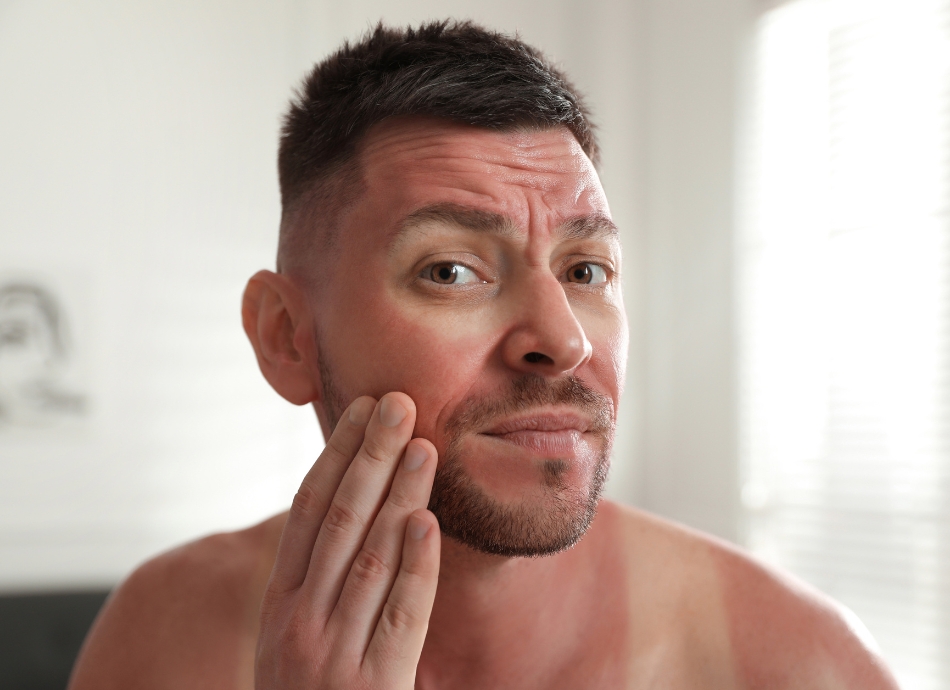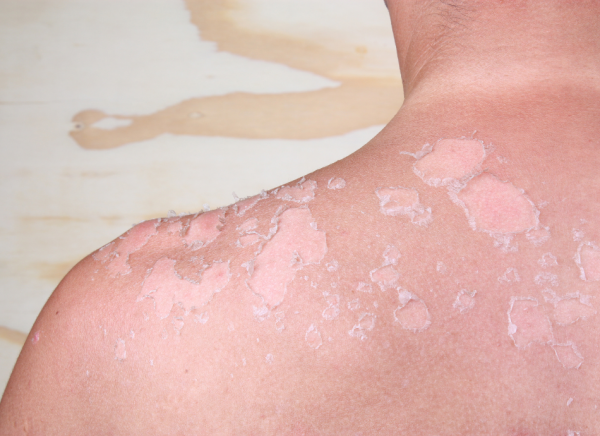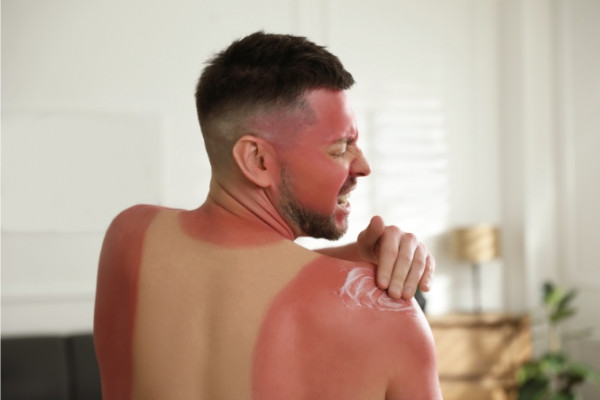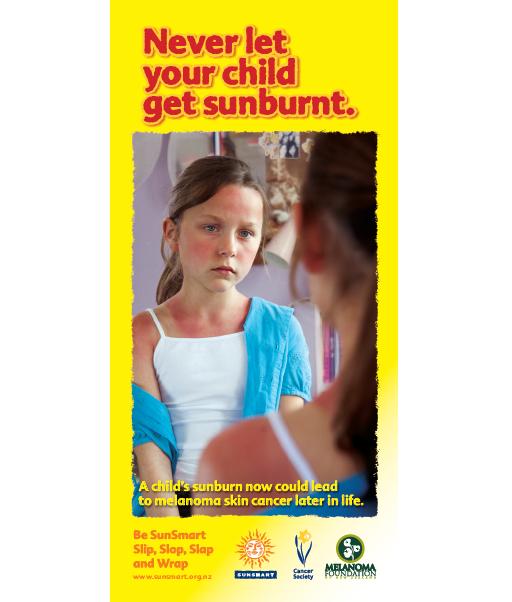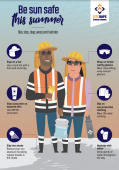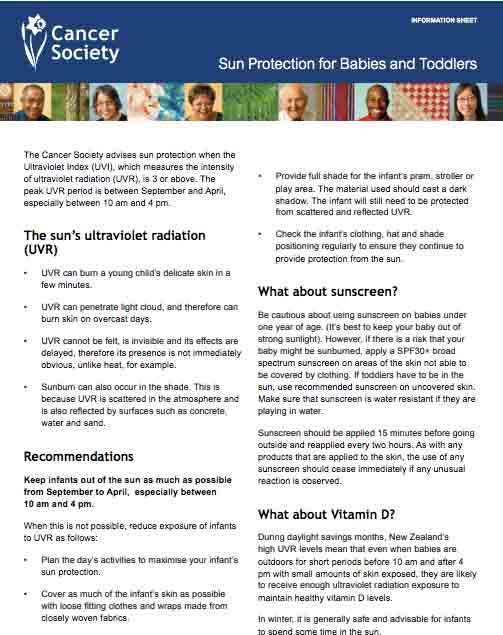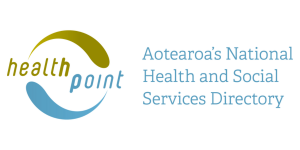- You can feel the sun's heat but you can’t feel UV radiation, which is why it can still harm your skin on cool, cloudy days.
- UV radiation levels are at their peak in Aotearoa New Zealand from September to April, especially between 10am and 4pm.
- However, UV radiation levels can also be high when you are at high altitudes or around snow or ice.
- You can reduce your risk of developing skin cancer by being SunSmart(external link) and covering up with clothing, a broad-spectrum sunscreen, a hat, and sunglasses.
- Don’t use sunbeds, tanning booths or sun lamps that emit UV. There’s evidence they expose users to higher levels of dangerous UV than the sun. It’s illegal in Aotearoa for sunbed operators to allow under-18-year-olds to use a sunbed.
- Remember to SLIP, SLOP, SLAP and WRAP:
- Slip on clothing.
- Slip into shade.
- Slop on sunscreen.
- Slap on a hat.
- Wrap on sunglasses.
 Image credit: Canva
Image credit: Canva
Test your knowledge of sun smart facts on the SunSmart site.(external link)


